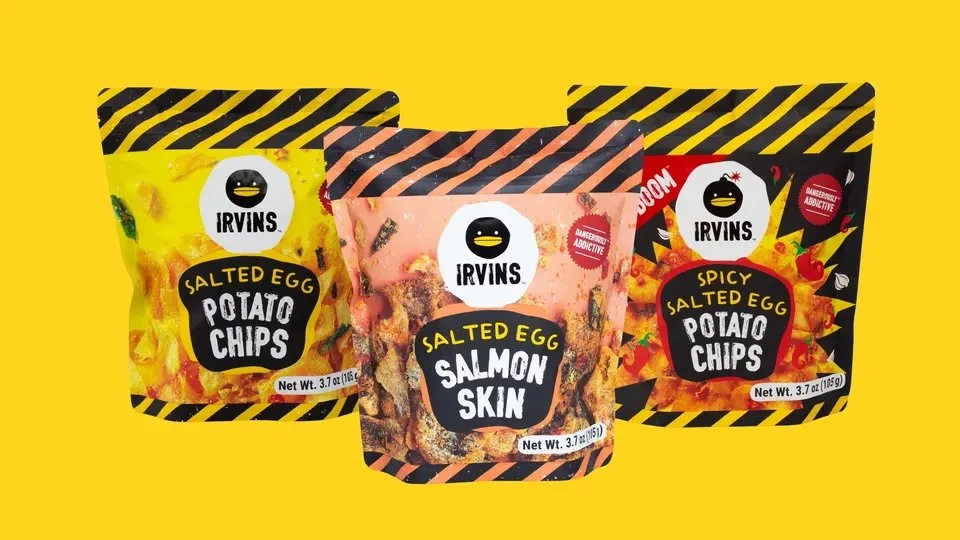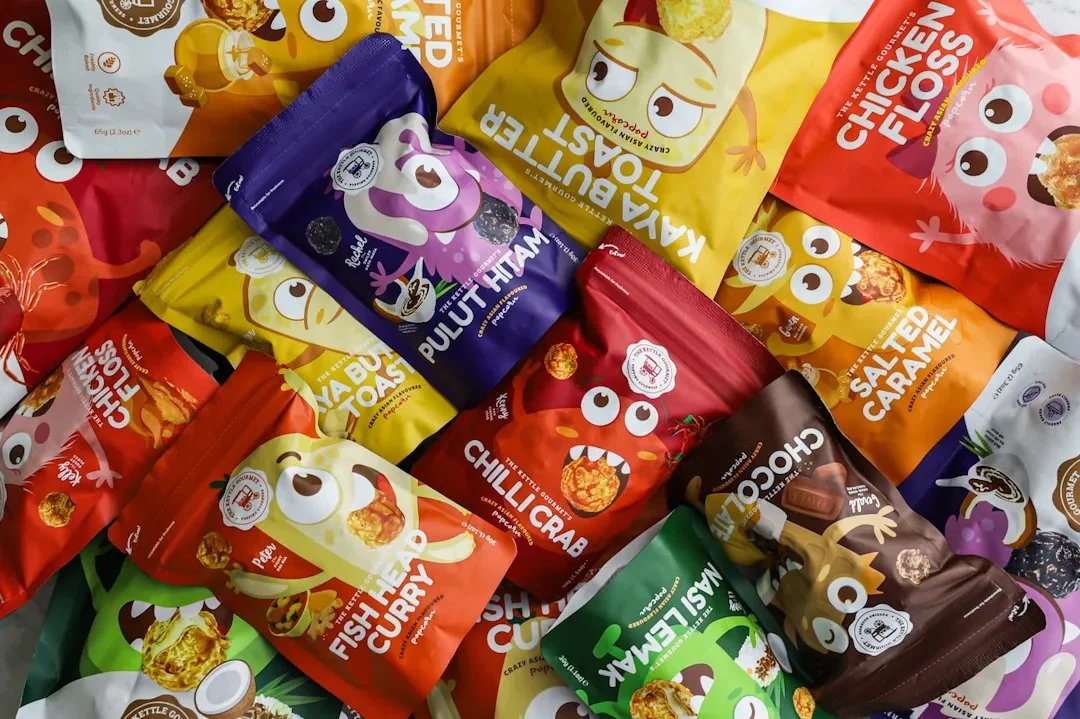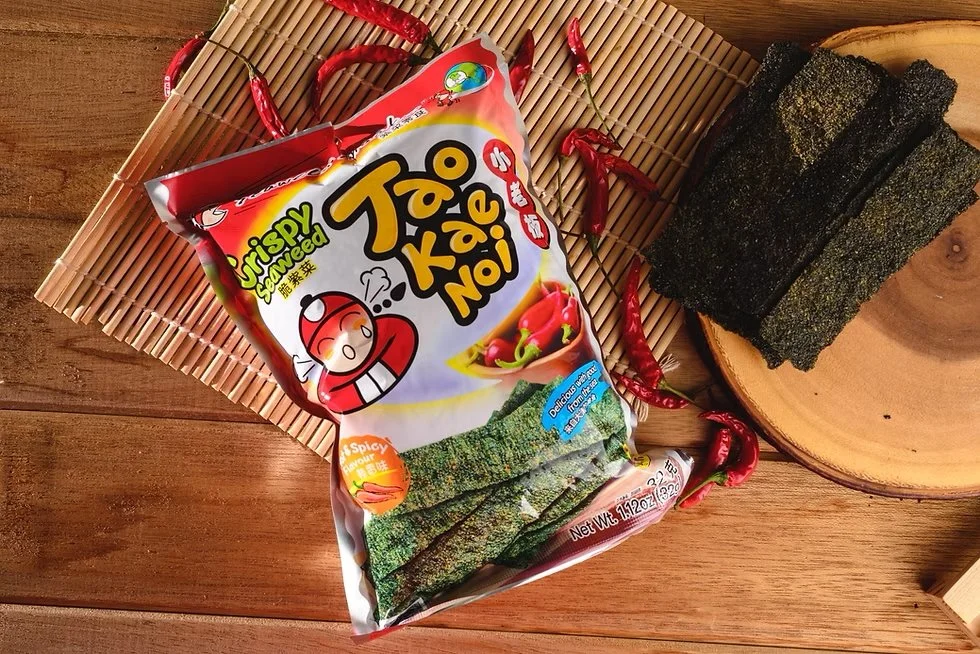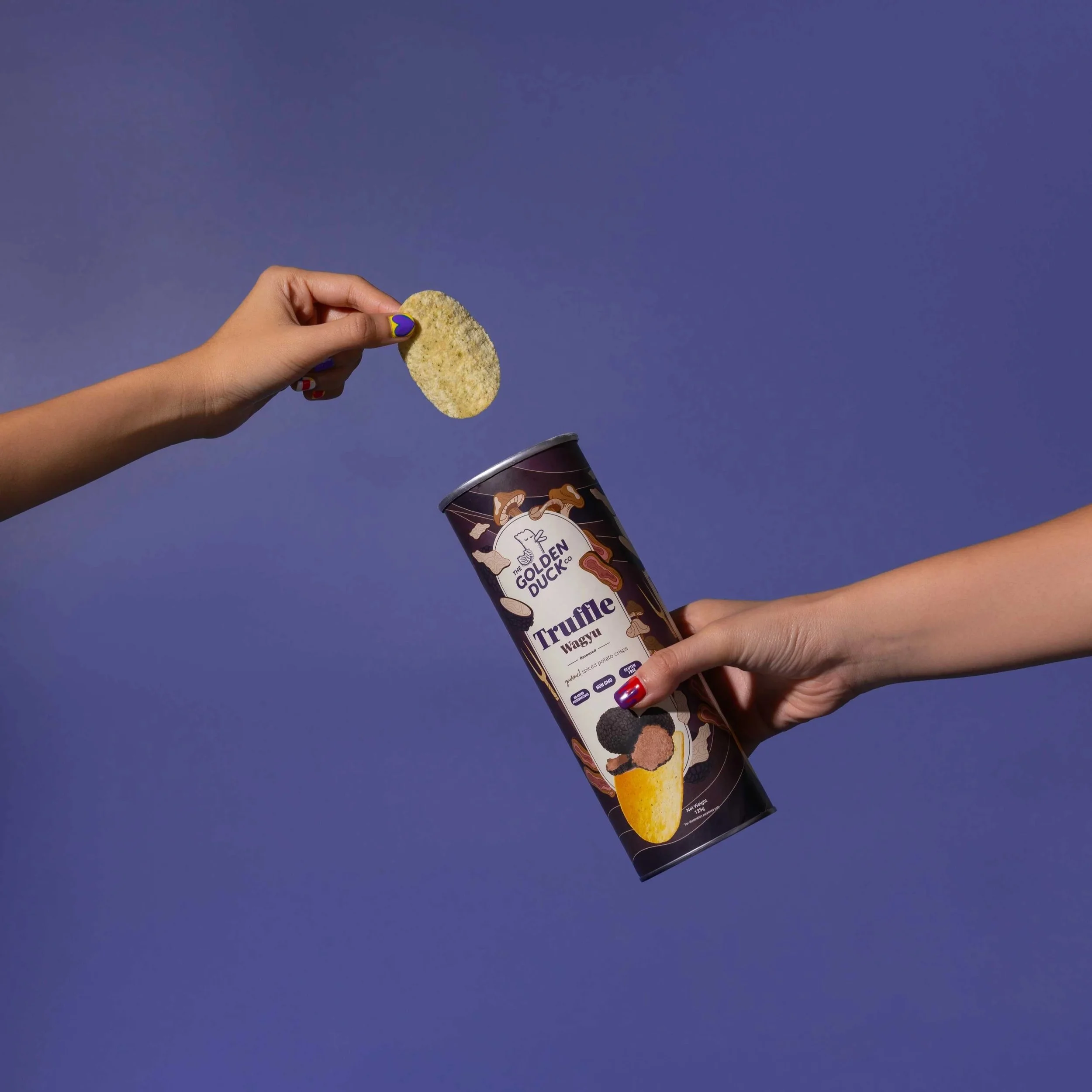Insects, Premiumisation & Going Viral: The Future of Snack Foods in Southeast Asia’s $100B Category
By Ben Hannam | benhannam.co | 18/07/25
Qtela, a popular Indonesian snack brand that produces both cassava and tempe-based snack products
Southeast Asia’s snacking market is undergoing rapid transformation.
By 2025, snacking across the Asia Pacific is projected to surpass $70 billion, with Southeast Asia accounting for an outsized share of that growth. As a marketing growth strategist working across Singapore, Indonesia, Vietnam, Thailand, and Malaysia, I’ve watched this category evolve over recent years not just in numbers, but in how brands win: through agility, cultural fluency, and digital mastery.
Today, I’m going to break down exactly what’s driving snacking’s growth across Southeast Asia in 2025, why it matters to international and local players, and how a smart, 2025-relevant marketing strategy can unlock returns in this category.
So grab a bag of tempe chips and let’s jump in.
Premiumisation: When Everyday Snacks Become Aspirational
Let’s start with the obvious: SEA consumers today don’t just want everyday snacks, they want status snacks.
Across the region, younger consumers, especially Gen Z, are trading up for premium experiences, driven by rising disposable incomes, social aspiration, and social media influence. But premiumisation today isn’t just about slapping a “luxury” label on packaging.
Take Irvins Salted Egg, the Singaporean brand whose salted egg fish skin became a regional and then global phenomenon. Irvins don’t just sell chips, they sell an emotion: local pride meets global cool. Their success wasn’t accidental. It was built on three core factors:
A unique local flavour profile (salted egg, beloved across Southeast Asia)
Beautifully designed, Instagrammable/Tik Tok worthy packaging
A DTC growth model, using airport retail, social buzz, and regional expansion
Irvins Salted Egg products
The Takeaway here is that in 2025, premiumisation is about narrative. Brands that sell aspiration, belonging, and experience will continue to outperform those that just sell ingredients.
Hyper-Local Meets Global Fusion
Southeast Asian consumers are no longer 100% satisfied with mass-market Western imports or cookie-cutter global brands. Instead, they’re increasingly hungry for authentic local flavours reimagined with global flair.
We can clearly see this with brands like Jack ‘n Jill and Calbee (honey butter, wasabi chips), Zenko Superfoods (popped water lily seeds with Himalayan pink salt), and The Kettle Gourmet (Singaporean popcorn in kaya toast or nasi lemak flavours).
What’s becoming increasingly clear is that success through localism does not happen through soulless, gimmicky nostalgia plays, ie, simply changing the packaging to something with “traditional” designs or colors. It’s about using local ingredients, flavours, narrative, and experiences reinterpreted for the now. The Brands that succeed here understand three things:
Local ingredients carry deep emotional resonance
Modern consumers want novelty layered onto tradition
Fusion works when it feels authentic, not gimmicky
Singapore’s The Kettle Gourmet has built its success upon a mixture of local ingredients combined with global fusion
2025 tip for brands: Stop thinking “East meets West”. Start thinking “local meets modern.” And remember, it’s not just product innovation; it’s everything: ingredients, packaging, marketing, and cultural storytelling that genuinely connects with consumers on an emotional level.
Healthier Indulgence: The Wellness–Snack Hybrid
One of the most underappreciated drivers in Southeast Asia’s snack boom in 2025? Health anxiety.
With diabetes, obesity, and hypertension on the rise, particularly in Indonesia, Malaysia, and the Philippines, consumers are pivoting toward:
Low-sugar and monkfruit-sweetened options
Protein- and fiber-enriched snacks
Fortified snacks (probiotics, vitamins, collagen)
Tao Kae Noi’s seaweed snacks are a textbook success: nutrient-dense, guilt-free, and packaged for mass craving. Singapore, notably, leads the region in functional snacking, but even price-sensitive markets are now demanding affordable wellness.
Tao Kae Noi owns a significant portion of the healthier snacking market in Southeast Asia, thanks to its deliberate positioning as a healthier snack alternative
My POV: Wellness is no longer niche. It’s table stakes. Brands that can carefully frame suitable product lines around energy, stamina, mood, and gut health will own consumer mindshare in 2025 and beyond.
Plant-Based, Sustainable, and (Yes) Insect-Based Protein
SEA’s sustainability wave is no longer considered a fad: it’s shaping core consumer behavior.
Within the last two years, we’re seeing the sustained rise of:
Plant-based proteins (pea chips, lentil crisps, mushroom jerky)
Sustainable sourcing (certified palm oil, regenerative farming)
Food innovation like edible insects (Singapore just approved 16 species in 2024, including crickets and mealworms)
The success of Uncle Saba’s vegan Lentil & Chickpea Chips and Poppadoms and Singapore’s recent edible insect initiatives aren’t fringe movements, they’re early signals of mass shifts within the region.
A sizeable proportion of Southeast Asian consumers under 35 care about environmental footprint, ethical sourcing, and community impact.
Uncle Saba’s vegan snack products are tapping into the rise of the SEA sustainability wave
In 2025 and beyond, brands that fail to align with sustainability will lose market share, particularly in urban centers such as Kuala Lumpur, Jakarta, Bangkok, and Singapore.
Spicy, Bold, and Extreme Flavours: TikTok Meets Taste Buds
Let’s be direct here: Southeast Asians love spicy food. Whether it's a bowl of fiery Rendang or Tom Yum, it’s a quintessential flavor profile that permeates many countries' dishes within the region.
But this current trending spice wave isn’t just about heat, it’s about viral challenge culture.
Samyang’s Spicy Chicken Ramen Chips have exploded in popularity in Indonesia and Thailand, not just because they’re spicy, but because they've become a social currency on TikTok and Instagram.
The takeaways for marketing teams?
Think beyond product → design experiences
Engineer shareable, extreme moments
Pair product launches with digital activations that invite UGC (user-generated content)
Samyang made effective use of UGC in the virility of their spicy ramen chip product
In 2025, a viable marketing funnel component in Southeast Asia can be TikTok first, supermarket shelf second.
Functional Snacking: Beyond Nutrition to Emotional Benefit
The best-performing brands recognize that snacks are now emotional tools.
Gen Z and Millennials across Southeast Asia are looking for snacks that:
Lift mood
Relieve stress
Support focus or energy
This is precisely why functional ingredients such as probiotics, adaptogens, collagen, and nootropics are making their way into chips, bars, and beverages throughout the region. The best brands in this space don’t just sell “healthier”, they sell emotional transformation.
Within Indonesia, Japanese probiotic brand Yakult's daily sales average around 7.32 million bottles.
Japanese probiotic brand Yakult is experiencing significant growth in Indonesia, driven by increasing consumer interest in health and wellness among Indonesians
For marketers, this means pivoting messaging:
From “good for you” → “makes you feel good”
From “low sugar” → “supports your lifestyle”
The Digital Funnel: Social, Live Commerce, and Micro-Influencers
Forget traditional ads. In 2025, snack brands win through:
Influencer micro-campaigns
Live commerce (especially in Vietnam, Indonesia, and Thailand)
Shoppable TikTok content
Community-led reviews and creator collabs
Golden Duck’s Truffle Wagyu Chips became a regional sensation not through TV spots, but through digital word of mouth and smart seeding with local influencers.
Golden Duck’s Truffle Wagyu Chips went viral through effective local influencer collaboration
For marketers, the playbook is clear:
Build social-first, platform-native campaigns
Invest in authentic local social creators, not polished celebs
Design content that entertains, not just sells
How Snack Brands Can Win in 2025
Here’s how I’d advise any snack brand looking to scale in Southeast Asia today:
Prioritise hyper-local insights.
Southeast Asia is not a monolith. What works in Vietnam won’t automatically work in Malaysia. Invest in market-by-market research, not just regional strategy.Design for culture, not just category.
Think like a storyteller. Snacks that connect to culture, through flavours, narratives, or collaborations, outperform transactional products.Own your digital presence early.
Don’t wait for retail partners to create demand. Build brand heat directly through social, live commerce, and DTC channels.Test-and-learn fast.
SEA consumers are curious but fickle. Use a rapid experimentation model: launch small-batch SKUs, gather feedback, iterate.Future-proof for sustainability and wellness.
Even price-conscious consumers are demanding more ethical and health-forward options. Ensure your product roadmap accurately reflects this.
Final Words
Southeast Asia’s snack market is a $100B playground, but only for smart brands that respect its complexity.
I see an extraordinary opportunity for those willing to listen, adapt, and innovate. Whether you’re an international brand looking to enter the region or a local startup ready to scale, the path forward is the same:
Go local.
Go digital.
Go deep on consumer insight.
Move faster than your competition.
The brands that do this? They won’t just snack on market share, they’ll feast.
If you’re ready to discuss marketing growth strategy, expansion, or entry into the Southeast Asian market, let’s connect.
You can email me at ben@benhannam.co








